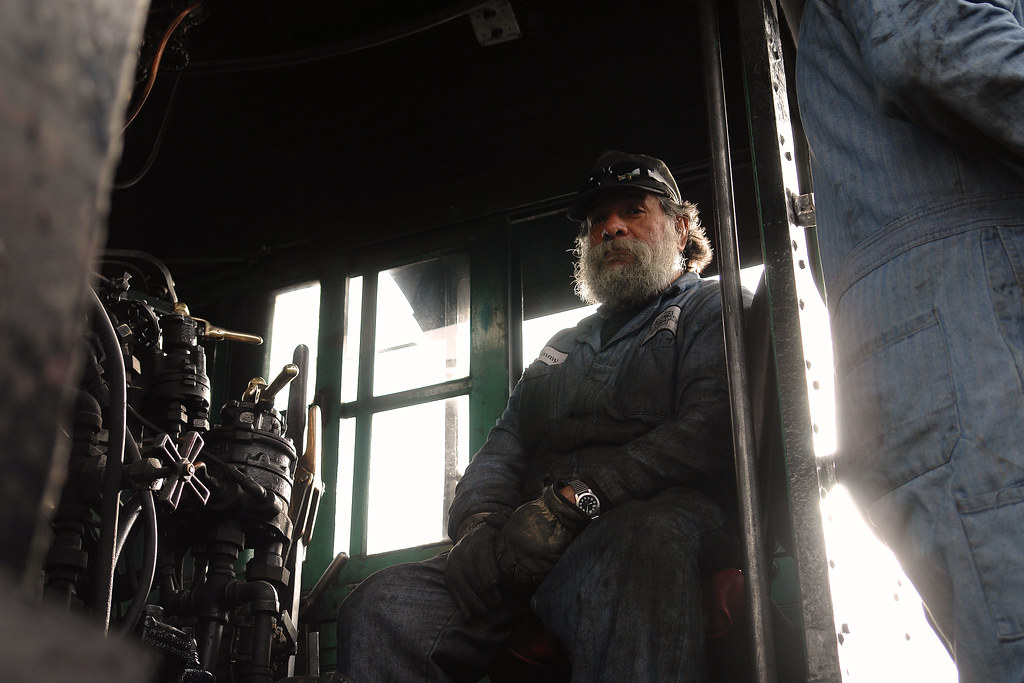Keep it simple.
Photography has always had a strong technological side. Whether it's calculating processing times for Tri-X or FP-4, paper developer combinations, fill flash or exposure values the technical part is always in your face.
I've never had a problem understanding and applying whatever technique was necessary. The best photographers for me have always been the ones that produce images where the technology wasn't obvious. Digital imaging seems to have made technology even more omnipresent than before so I've found myself consciously looking for simplicity.
I don't have a workflow. At least I don't think I do. I don't use layers and don't consider the number of layers in an image to be a mark of greatness. My camera only has 10.2 megapixels and I'm not hunting for one with more resolution. I used to have a lot of film-based camera gear and found that the more I hauled around with me the less images I made.
I was recently inspired by an interview I read in Rangefinder Magazine on Jay Maisel, a very well known name in our field. The pdf article is interesting and talks about a paradigm shift. Jay's admission to not being a technical person and keeping Photoshop usage to a minimum is refreshing news.
Another photographer, Alex Majoli, of Magnum, photographs with point-and-shoot cameras, Olympus C-5050 and C-8080's. Go figure. I personally like his images and can understand why he chooses to work that way. The simplicity of the equipment is obvious but the quality of the image is there also. My 10 megapixel DSLR already has resolution much better than Tri-X although the tonal quality and range isn't quite there...yet.
Photography has always been and will always be closely related to technology. In the 1800's photographers "enjoyed" the fumes while processing daguerrotypes; today we're dealing with monitor calibration and color gamut. Technology does matter, but sometimes we don't give enough credit to our eye.

No comments:
Post a Comment